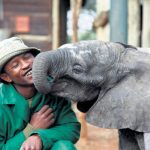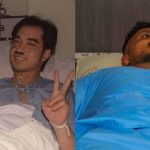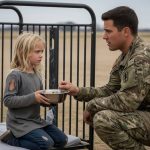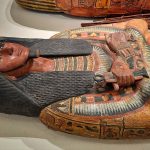The Rescue Hug: How Twin Sister’s Instinctive Embrace Changed Neonatal Care Forever

In the neonatal intensive care unit (NICU) of a Massachusetts hospital in 1995, two tiny, fragile lives were waging a silent war for survival. Kyrie and Brielle Jackson had entered the world far too soon, born at a critical 28 weeks’ gestation. Weighing barely over two pounds each, they were placed in separate, sterile incubators—the standard protocol for premature twins.

While Kyrie slowly stabilized, her sister’s condition was deteriorating rapidly. Brielle’s struggle was heartbreaking to watch. Her tiny body turned a dusky blue, her breathing became increasingly labored, and the constant, high-pitched alarms signaled that her fragile heart was struggling to keep a rhythm. The medical team, exhausting every intervention available, prepared for the worst, fearing the infant had only minutes left to live.
The Unconventional Decision
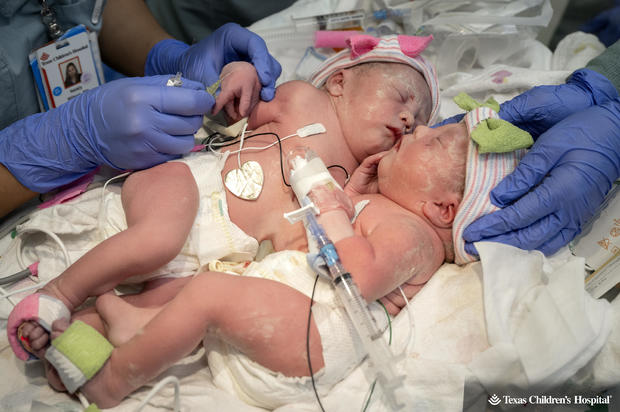
In that terrifying, life-or-death moment, a nurse named Gayle Kasbary remembered an unconventional, little-used practice known as “co-bedding”—placing multiples together. Though the practice was not widely accepted in the medical community at the time, desperation outweighed tradition, and the doctors reluctantly gave their consent.
The two sisters were gently removed from their isolated glass worlds and placed side-by-side in the same incubator. The room held its breath, waiting for any reaction—good or bad.
What happened next was a true miracle of instinct.
The Hug That Saved a Life
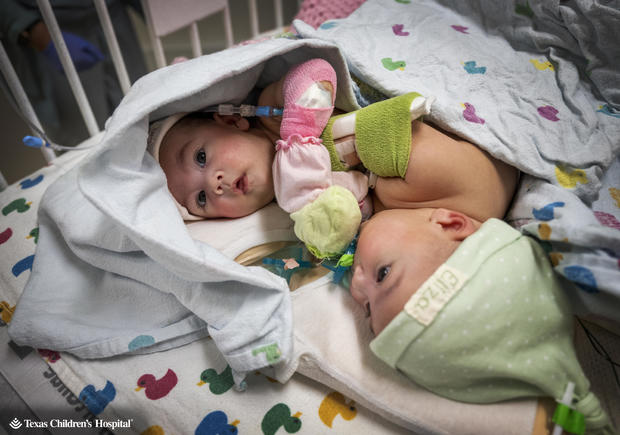
The moment the twins’ skin touched, the reaction was immediate and profound. Little Kyrie, the slightly more stable sister, instinctively stretched her minuscule arm over her sister. She draped it protectively across Brielle, pulling her close in a tiny, comforting embrace—The Rescue Hug.
Almost instantly, the chaotic alarms in the NICU fell silent.
Brielle’s panicked, labored breathing steadied into a peaceful rhythm. Her struggling heartbeat normalized. Within moments, the alarming pale-blue tint vanished, and the pink, healthy color returned to her face. A single, instinctive hug, an act of sheer sisterly love, had saved her life.
The Global Legacy of Touch
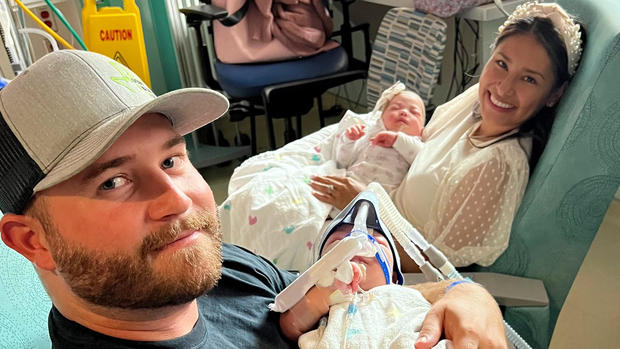
The photograph of that powerful moment, forever known as “The Rescue Hug,” traveled the world, becoming a profound symbol of love’s innate ability to heal through touch.
The image and the incredible story of the Jackson twins did more than just save Brielle; it served as a powerful catalyst for change in neonatal care. It inspired the widespread adoption of Kangaroo Care (known clinically as skin-to-skin contact) across the globe for premature infants.
Thanks to this practice—which emphasizes placing the naked infant directly onto the parent’s chest—countless premature babies have been saved, stabilizing their vital signs, improving their sleep patterns, and boosting their immune systems through the simple, life-giving warmth and closeness of human contact.
The story of Kyrie and Brielle stands as the most eloquent proof that sometimes, the smallest gestures carry the most extraordinary power, and that the unbreakable bond of family is truly the greatest medicine.

